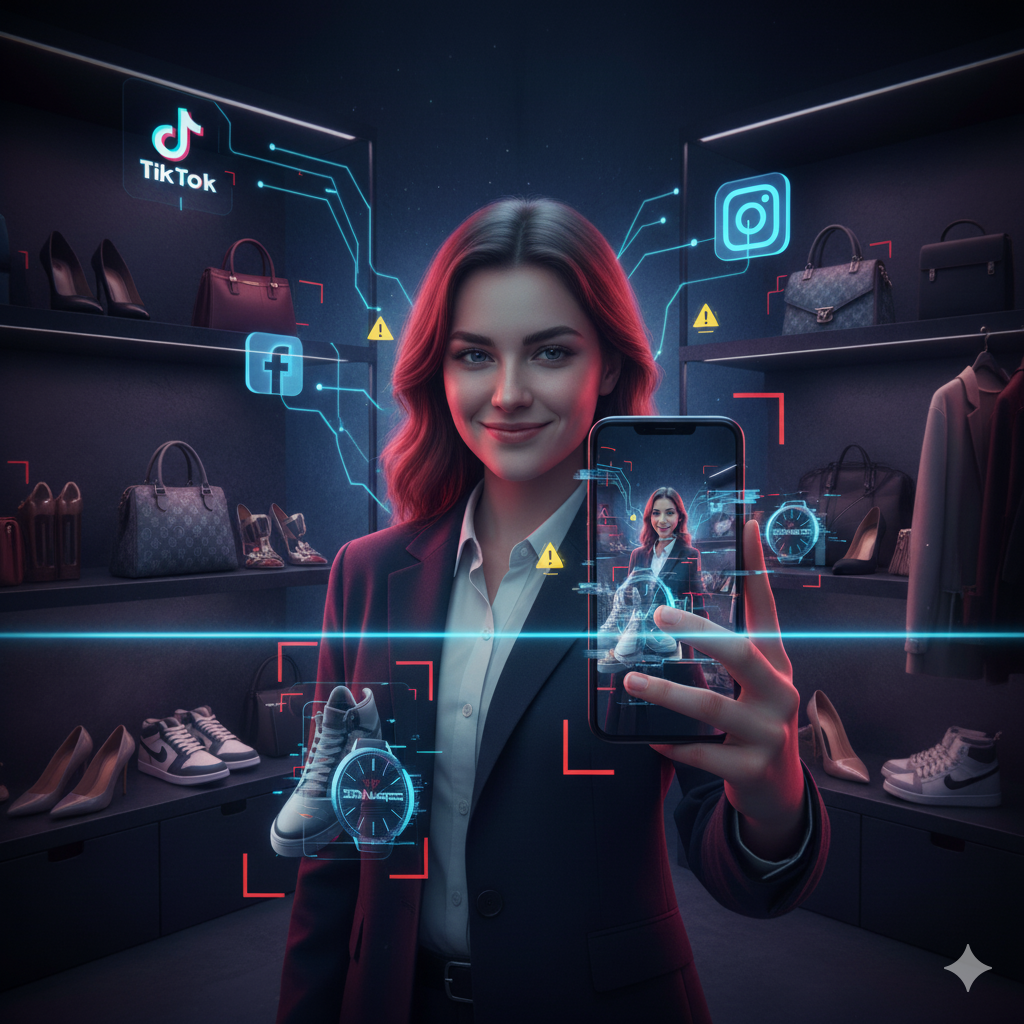Why Manual Legal Work Is Costing Brands Time, Money, and Impact
The Bottleneck Behind Trademark Enforcement
Each year, global brands invest millions to protect their trademarks and intellectual property.
Yet much of this enforcement work is still carried out manually by law firms and brand protection teams — often through long email chains, spreadsheets, and scattered document folders.
From collecting screenshots to tracking sellers and compiling evidence, the process remains slow and fragmented.
While digital commerce has evolved, legal workflows have not kept pace.
A Legal System Still Stuck in Manual Mode
Recent studies show that more than 60% of IP law firms still rely on manual processes to manage brand infringement cases.
Typical workflows involve:
Evidence manually gathered from multiple platforms
Case documents stored in shared drives or emails
Deadlines tracked in Excel sheets or Outlook calendars
Minimal analytics or visibility for brand clients
According to McKinsey, more than 20% of all legal working hours are spent on repetitive, automatable tasks such as data collection, document preparation, and case tracking.
The result is slower enforcement, higher costs, and lost opportunities for recovery.
Why Manual Enforcement Fails Brands?
Manual enforcement may have worked when counterfeit trade was local and limited.
In the digital era, it leads to measurable losses:
Delays: Infringing listings can move to new platforms before cases are even filed.
Lost recovery potential: Each delay weakens legal leverage and financial outcome.
Limited transparency: Brands lack a clear view of open, pending, and closed cases.
Reactive structure: Each infringement is treated as an isolated case, rather than part of a pattern.
This outdated model prevents scale and efficiency, leaving brands exposed to recurring violations and uncollected damages.
The Shift Toward Smart Enforcement
Forward-thinking law firms and brands are now embracing data-driven, technology-supported enforcement.
Instead of managing each case manually, they combine AI-powered detection, automated documentation, and integrated reporting with legal expertise.
Counterfake’s Online-to-Offline Revenue Recovery model reflects this new approach:
- Automated Detection: AI identifies infringing listings across e-commerce, social, and resale channels.
- Structured Evidence: Case-ready, timestamped reports are automatically compiled.
- Offline Legal Action: Verified cases are forwarded to legal partners for settlement or litigation.
- Revenue Recovery: Legal outcomes turn enforcement into measurable financial results.
- Transparent Reporting: Brands access live dashboards and monthly progress reports.
This hybrid system reduces manual workload by up to 70%, while doubling enforcement speed and consistency.
Case Example: From 10 Cases a Month to 300
Before automation, a European luxury brand’s legal team managed around ten active cases per month.
After implementing a structured, data-driven workflow, the same team handled over 300 cases monthly — with no additional staff.
The difference came from workflow automation, real-time analytics, and process centralization, not more lawyers.
Why Law Firms Benefit?
Automation does not replace lawyers — it enhances their capacity.
When repetitive work is handled by technology, legal professionals can focus on:
Strategic enforcement and cross-border cases
Negotiation and settlement optimization
Advisory and compliance for high-value clients
Firms using automation and analytics report 25–30% higher client retention, thanks to faster results and transparent reporting.
The Way Forward
In 2025, brand protection requires both scale and precision.
Manual legal work, no matter how diligent, cannot meet the demands of today’s digital marketplaces.
By combining AI detection, structured data, and legal expertise, law firms can transform enforcement from a reactive process into a measurable, revenue-generating strategy.
Conclusion
Manual enforcement once guaranteed accuracy.
Today, it guarantees delay.
To truly protect brands, legal partners must evolve from case management to case intelligence — where data drives every action, and every enforcement delivers measurable impact.
"About Counterfake"
Counterfake is an AI-powered brand protection and revenue recovery platform.
We help brands and law firms detect, manage, and recover from counterfeit activity — integrating online monitoring with offline legal enforcement, all without upfront costs or operational overhead.




